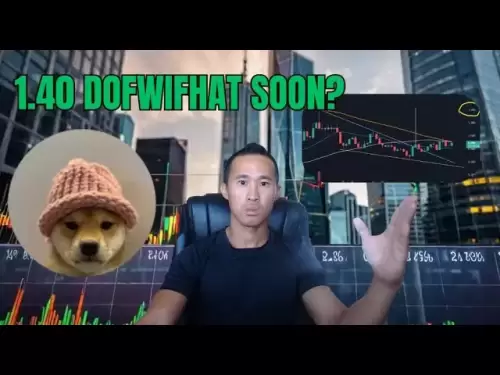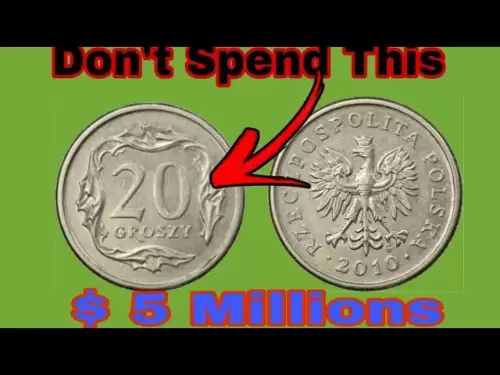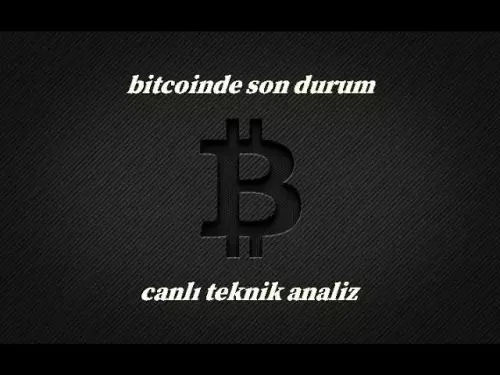-
 Bitcoin
Bitcoin $108,562.4295
0.46% -
 Ethereum
Ethereum $2,533.9553
1.52% -
 Tether USDt
Tether USDt $1.0002
-0.01% -
 XRP
XRP $2.2542
2.23% -
 BNB
BNB $662.4567
1.48% -
 Solana
Solana $151.4114
3.48% -
 USDC
USDC $0.9999
0.00% -
 TRON
TRON $0.2860
0.91% -
 Dogecoin
Dogecoin $0.1685
3.72% -
 Cardano
Cardano $0.5809
1.63% -
 Hyperliquid
Hyperliquid $39.2916
1.85% -
 Sui
Sui $2.8874
0.85% -
 Bitcoin Cash
Bitcoin Cash $496.5801
2.72% -
 Chainlink
Chainlink $13.3582
2.48% -
 UNUS SED LEO
UNUS SED LEO $9.0279
0.07% -
 Avalanche
Avalanche $18.0773
2.30% -
 Stellar
Stellar $0.2426
3.05% -
 Toncoin
Toncoin $2.9086
6.01% -
 Shiba Inu
Shiba Inu $0.0...01170
2.97% -
 Hedera
Hedera $0.1587
3.47% -
 Litecoin
Litecoin $87.4596
1.13% -
 Monero
Monero $317.0425
0.73% -
 Polkadot
Polkadot $3.3778
1.90% -
 Dai
Dai $0.9999
-0.01% -
 Ethena USDe
Ethena USDe $1.0001
-0.01% -
 Bitget Token
Bitget Token $4.4095
0.63% -
 Uniswap
Uniswap $7.3593
6.80% -
 Pepe
Pepe $0.0...09910
3.64% -
 Aave
Aave $274.7388
2.68% -
 Pi
Pi $0.4607
0.48%
What is the transaction fee on Bitfinex?
Bitfinex charges maker and taker fees, with rates decreasing as trading volume increases; using UNF can further reduce costs.
Apr 14, 2025 at 05:21 pm
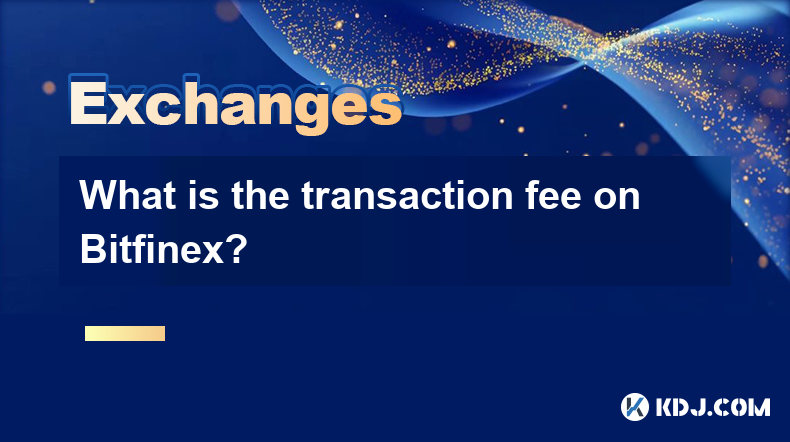
When trading on Bitfinex, one of the key considerations for users is the transaction fee. Understanding these fees is crucial for effective trading and cost management. In this article, we will delve into the specifics of Bitfinex's transaction fees, including how they are calculated, the different types of fees, and strategies to minimize them.
Types of Transaction Fees on Bitfinex
Bitfinex charges two main types of transaction fees: maker fees and taker fees. These fees are applied based on the type of order you place in the market.
Maker Fees: These are charged when you place an order that adds liquidity to the market. In other words, if your order does not immediately match with an existing order and instead sits on the order book, you are considered a maker. Maker fees on Bitfinex are typically lower than taker fees.
Taker Fees: These are charged when you place an order that removes liquidity from the market. If your order matches with an existing order on the order book and is executed immediately, you are considered a taker. Taker fees are generally higher than maker fees.
Fee Structure on Bitfinex
Bitfinex employs a tiered fee structure that depends on your trading volume over the past 30 days. The more you trade, the lower your fees become. Here is a breakdown of the fee structure:
- For trading volumes less than 500,000 USD: The maker fee is 0.1% and the taker fee is 0.2%.
- For trading volumes between 500,000 USD and 1,000,000 USD: The maker fee is 0.08% and the taker fee is 0.18%.
- For trading volumes between 1,000,000 USD and 2,500,000 USD: The maker fee is 0.06% and the taker fee is 0.16%.
- For trading volumes between 2,500,000 USD and 5,000,000 USD: The maker fee is 0.04% and the taker fee is 0.14%.
- For trading volumes between 5,000,000 USD and 7,500,000 USD: The maker fee is 0.02% and the taker fee is 0.12%.
- For trading volumes above 7,500,000 USD: The maker fee is 0% and the taker fee is 0.1%.
Additional Fees on Bitfinex
In addition to the trading fees, Bitfinex may charge other fees for specific services:
Withdrawal Fees: These vary depending on the cryptocurrency you are withdrawing. For example, the withdrawal fee for Bitcoin might be different from that for Ethereum. You can find the specific withdrawal fees on Bitfinex's fee schedule page.
Deposit Fees: Bitfinex does not charge deposit fees for most cryptocurrencies. However, some less common cryptocurrencies might have a deposit fee, so it's important to check the fee schedule before depositing.
Strategies to Minimize Transaction Fees on Bitfinex
There are several strategies that traders can use to minimize their transaction fees on Bitfinex:
Increase Trading Volume: As mentioned earlier, higher trading volumes result in lower fees. If you are an active trader, increasing your trading volume can help you move to a lower fee tier.
Use Maker Orders: Since maker fees are lower than taker fees, placing orders that add liquidity to the market can help you save on fees. This means using limit orders instead of market orders.
Trade in Larger Amounts: If you are planning to make multiple trades, consider consolidating them into larger trades. This can help you move to a lower fee tier more quickly.
Use Bitfinex's Token (UNF): Bitfinex offers a token called UNF, which can be used to pay for trading fees at a discount. Holding UNF can help you reduce your overall trading costs.
How to Check Your Fees on Bitfinex
To check your current fees on Bitfinex, follow these steps:
- Log into your Bitfinex account.
- Navigate to the 'Fees' section in your account settings. This section will show you your current maker and taker fees based on your trading volume over the past 30 days.
- Review the fee schedule to understand how your fees might change with different trading volumes.
Comparing Bitfinex Fees with Other Exchanges
It's helpful to compare Bitfinex's fees with those of other major cryptocurrency exchanges to understand where it stands in the market:
Binance: Binance offers competitive fees, with maker fees as low as 0.1% and taker fees at 0.1%. However, Binance also has a tiered fee structure based on trading volume and offers discounts for using their native token, BNB.
Coinbase Pro: Coinbase Pro has a similar fee structure to Bitfinex, with maker fees ranging from 0% to 0.5% and taker fees from 0.04% to 0.5%, depending on your trading volume.
Kraken: Kraken's fees are also volume-based, with maker fees ranging from 0% to 0.16% and taker fees from 0.1% to 0.26%. Kraken offers a rebate program for high-volume traders.
Frequently Asked Questions
Q: Can I reduce my fees by using a different cryptocurrency to pay for them?
A: Yes, Bitfinex allows you to pay your trading fees using their native token, UNF, which can offer a discount on the standard fee rates. This can be a useful strategy for reducing your overall trading costs.
Q: Are there any hidden fees on Bitfinex that I should be aware of?
A: Bitfinex is transparent about its fee structure, and there are no hidden fees. However, it's important to check the fee schedule regularly as fees can change based on your trading volume and other factors.
Q: How often does Bitfinex update its fee schedule?
A: Bitfinex updates its fee schedule periodically, typically to reflect changes in market conditions or to introduce new features. It's a good practice to check the fee schedule on their website regularly to stay informed about any changes.
Q: Can I negotiate my fees with Bitfinex if I am a high-volume trader?
A: While Bitfinex does not publicly offer fee negotiations, high-volume traders can benefit from the tiered fee structure, which automatically reduces fees as trading volume increases. Additionally, using UNF to pay for fees can further reduce costs.
Disclaimer:info@kdj.com
The information provided is not trading advice. kdj.com does not assume any responsibility for any investments made based on the information provided in this article. Cryptocurrencies are highly volatile and it is highly recommended that you invest with caution after thorough research!
If you believe that the content used on this website infringes your copyright, please contact us immediately (info@kdj.com) and we will delete it promptly.
- Altcoins in the Spotlight: What's Trending Now?
- 2025-07-07 02:45:12
- Pepe Coin's Plunge: Is the Frog Coin Ready to Bounce Back, or is Little Pepe the New Big Bet?
- 2025-07-07 02:47:22
- Sports Tokens: Market Cap Predictions for July 2025
- 2025-07-07 02:45:12
- DeFi, AI, and Crypto Resilience: Navigating the Future of Finance
- 2025-07-07 02:45:14
- Dogwifhat, Shiba Inu, and the Crypto Scene: What's Hot and What's Not?
- 2025-07-07 02:47:08
- Whales, Fartcoin, and Price Dips: What's the Deal?
- 2025-07-07 02:47:09
Related knowledge
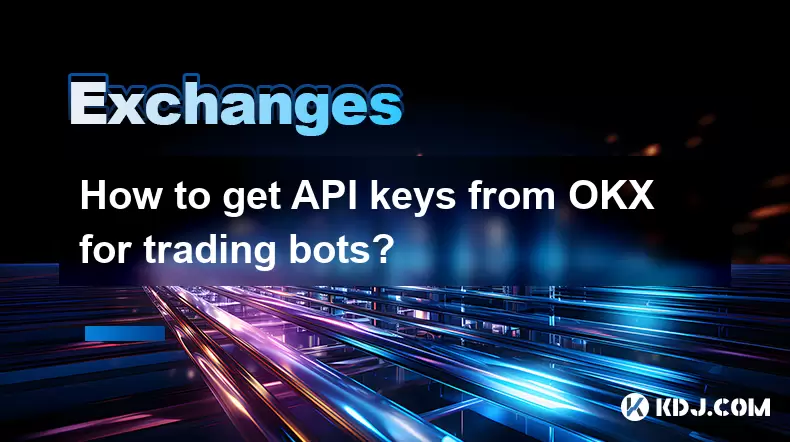
How to get API keys from OKX for trading bots?
Jul 03,2025 at 07:07am
Understanding API Keys on OKXTo interact with the OKX exchange programmatically, especially for building or running trading bots, you need to obtain an API key. An API (Application Programming Interface) key acts as a secure token that allows your bot to communicate with the exchange's servers. On OKX, these keys come with customizable permissions such ...
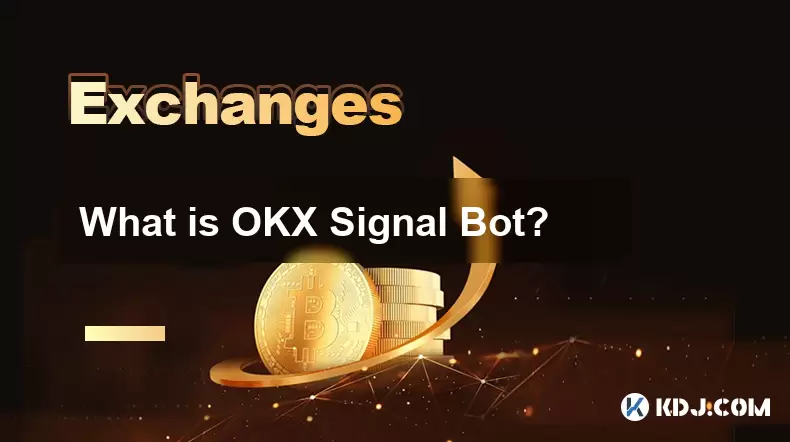
What is OKX Signal Bot?
Jul 02,2025 at 11:01pm
Understanding the Basics of OKX Signal BotThe OKX Signal Bot is a feature within the OKX ecosystem that provides users with automated trading signals and execution capabilities. Designed for both novice and experienced traders, this bot helps identify potential trading opportunities by analyzing market trends, technical indicators, and historical data. ...
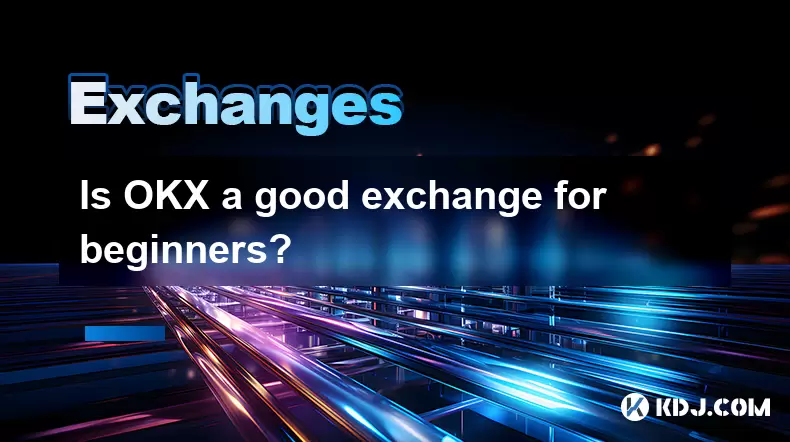
Is OKX a good exchange for beginners?
Jul 03,2025 at 05:00pm
What Is OKX and Why Is It Popular?OKX is one of the leading cryptocurrency exchanges globally, known for its robust trading infrastructure and a wide variety of digital assets available for trading. It supports over 300 cryptocurrencies, including major ones like Bitcoin (BTC), Ethereum (ETH), and Solana (SOL). The platform has gained popularity not onl...
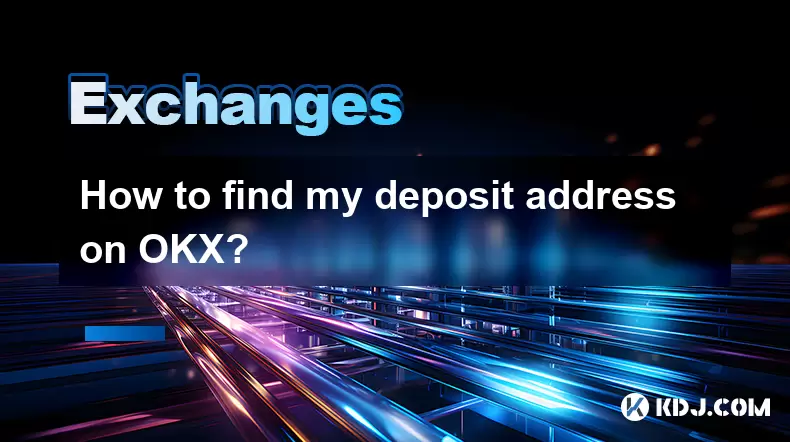
How to find my deposit address on OKX?
Jul 06,2025 at 02:28am
What is a Deposit Address on OKX?A deposit address on OKX is a unique alphanumeric identifier that allows users to receive cryptocurrencies into their OKX wallet. Each cryptocurrency has its own distinct deposit address, and using the correct one is crucial to ensure funds are received properly. If you're looking to transfer digital assets from another ...
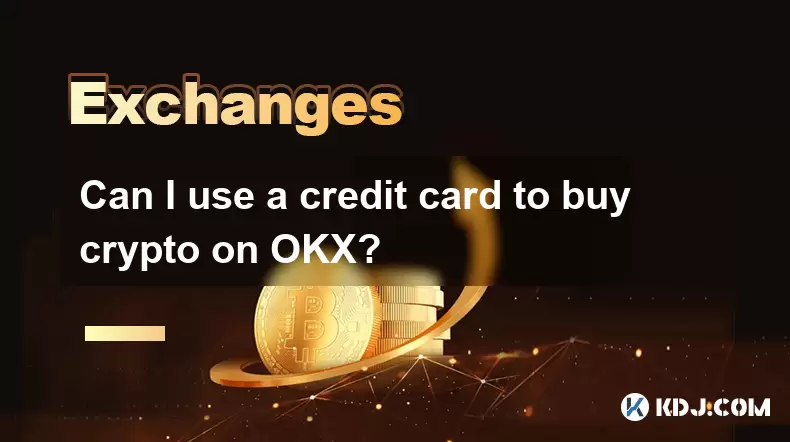
Can I use a credit card to buy crypto on OKX?
Jul 04,2025 at 04:28am
Understanding OKX and Credit Card PaymentsOKX is one of the leading cryptocurrency exchanges globally, offering a wide range of services including spot trading, derivatives, staking, and more. Users often wonder whether they can use a credit card to buy crypto on OKX, especially if they are new to the platform or looking for quick ways to enter the mark...
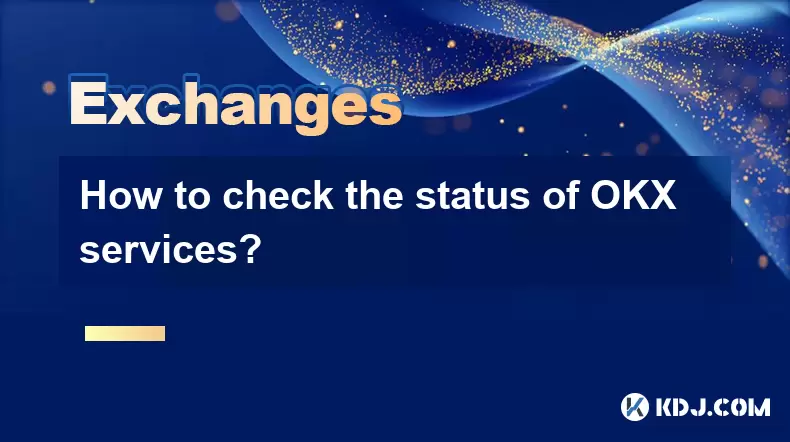
How to check the status of OKX services?
Jul 02,2025 at 11:14pm
What is OKX, and Why Checking Service Status Matters?OKX is one of the world’s leading cryptocurrency exchanges, offering services such as spot trading, futures trading, staking, and more. With millions of users relying on its platform for daily transactions, it's crucial to know how to check the status of OKX services. Downtime or maintenance can affec...

How to get API keys from OKX for trading bots?
Jul 03,2025 at 07:07am
Understanding API Keys on OKXTo interact with the OKX exchange programmatically, especially for building or running trading bots, you need to obtain an API key. An API (Application Programming Interface) key acts as a secure token that allows your bot to communicate with the exchange's servers. On OKX, these keys come with customizable permissions such ...

What is OKX Signal Bot?
Jul 02,2025 at 11:01pm
Understanding the Basics of OKX Signal BotThe OKX Signal Bot is a feature within the OKX ecosystem that provides users with automated trading signals and execution capabilities. Designed for both novice and experienced traders, this bot helps identify potential trading opportunities by analyzing market trends, technical indicators, and historical data. ...

Is OKX a good exchange for beginners?
Jul 03,2025 at 05:00pm
What Is OKX and Why Is It Popular?OKX is one of the leading cryptocurrency exchanges globally, known for its robust trading infrastructure and a wide variety of digital assets available for trading. It supports over 300 cryptocurrencies, including major ones like Bitcoin (BTC), Ethereum (ETH), and Solana (SOL). The platform has gained popularity not onl...

How to find my deposit address on OKX?
Jul 06,2025 at 02:28am
What is a Deposit Address on OKX?A deposit address on OKX is a unique alphanumeric identifier that allows users to receive cryptocurrencies into their OKX wallet. Each cryptocurrency has its own distinct deposit address, and using the correct one is crucial to ensure funds are received properly. If you're looking to transfer digital assets from another ...

Can I use a credit card to buy crypto on OKX?
Jul 04,2025 at 04:28am
Understanding OKX and Credit Card PaymentsOKX is one of the leading cryptocurrency exchanges globally, offering a wide range of services including spot trading, derivatives, staking, and more. Users often wonder whether they can use a credit card to buy crypto on OKX, especially if they are new to the platform or looking for quick ways to enter the mark...

How to check the status of OKX services?
Jul 02,2025 at 11:14pm
What is OKX, and Why Checking Service Status Matters?OKX is one of the world’s leading cryptocurrency exchanges, offering services such as spot trading, futures trading, staking, and more. With millions of users relying on its platform for daily transactions, it's crucial to know how to check the status of OKX services. Downtime or maintenance can affec...
See all articles





















